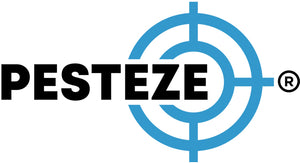WHAT THAT NOISE IN THE WALL COULD REALLY BE

WHAT THAT NOISE IN THE WALL COULD REALLY BE
SUMMARY
Hearing scratching, thumping, or squeaking from inside your walls? These sounds often point to hidden animal activity. Learn what these noises could mean—and how to respond safely.
FEATURES
-
Common animals that nest in walls
-
How to identify different types of noises
-
Signs of infestation beyond sound
-
Risks of ignoring the problem
-
Safe steps to address wall-dwelling pests
DESCRIPTION
Strange sounds in your walls may indicate more than just creaky pipes—they could be signs of rodents, birds, or other wildlife making themselves at home. Understanding what you’re hearing can help you act quickly to avoid damage and health risks.
COMMON ANIMALS THAT MAKE WALL NOISES
Rats and mice are among the most common wall intruders. They often create a constant scratching or scurrying sound, especially at night when they are most active. Squirrels can be identified by louder, more erratic movements and gnawing noises during the daytime. Raccoons may produce heavy thumps, vocal growls, or movement sounds, especially if a mother is nesting with young. Bats, on the other hand, often create faint squeaking or fluttering noises. Pinpointing the time of day and type of sound can help you determine which animal is inside your walls.
WHAT TO DO WHEN YOU HEAR WALL NOISES
If you hear persistent or suspicious noises, don’t delay taking action. First, observe the exterior of your home for possible entry points such as gaps near the roofline, vent openings, or broken siding. Look for droppings, nesting material, or foul smells near baseboards or attic areas. Avoid tearing into the wall blindly—this could harm the animal or worsen the problem. Instead, contact a licensed wildlife removal specialist or use species-specific traps if legal in your area. Once the animal is removed, be sure to clean contaminated areas thoroughly and seal up any access points to keep wildlife from returning.
- Medha samanu


Comments 0